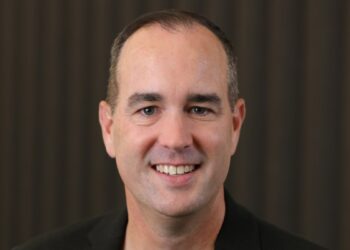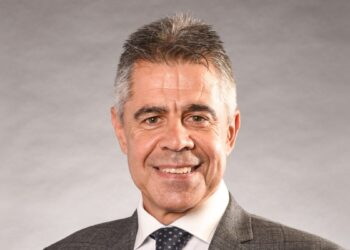Tim Miller, head of education for Smarter SMSF, said following the regulatory changes to legacy pensions at the end of last year, he believes the ATO could also now start to investigate how changes can be made to these other issues that affect SMSF trustees.
He said that from a regulatory point of view, and a government and policy perspective, the legacy pension amnesty regulations and the new regulations around allocations from reserves have given the sector the opportunity to reflect on other significant items over the past six years that have been raised in previous budgets.
“The one that stands out for me, which ultimately goes well back beyond super reform and the introduction of it, is the whole residency piece and the changes around central management control, and the active member test,” he said.
“[I believe] we will see some clear air to get those changes made to assist SMSF trustees who are residing overseas to be able to manage their fund without any sort of compliance concern hanging over their head.”
Aaron Dunn, CEO of Smarter SMSF, said in 2024, the ATO had a much greater application in the sector.
“Although last year, if you look from a legislative perspective, there was a lot of talk around the Division 296 tax, there wasn’t really a significant amount of change on the policy front,” he said.
“Whereas, when we think about the regulator, we have seen a lot of public rulings and also saw it very targeted in terms of illegal activity. There was a range of information in the first half of this year that really explored that. We’ve also seen the ATO target areas around market valuations, so it is playing quite a significant role.”
Dunn said one of the major events that stood out in the past 12 months within the SMSF sector was the milestone of a trillion dollars of assets, indicating it is a growth area and therefore one that the ATO will be continuing to monitor.
“We’re seeing individuals who are younger than ever before looking to set up self-managed super funds, and we’re seeing that predominantly because of the level of assets that they have through compulsory super, which has continued to ratchet up.”
Seeing the “run rate” of SMSFs continue to improve, the ATO still has a role to play around regulation and scrutiny to ensure that individuals are establishing funds for the right reasons, Dunn said.
“I think both the ATO as gatekeeper for entrants coming in and the role of appropriate advice have all been part of the discussions in the past 12 months, in particular with the Compensation Scheme of Last Resort, and there is a real positive news story still coming out of the SMSF sector because it continues to represent a quarter or more of all assets within the superannuation system.”


